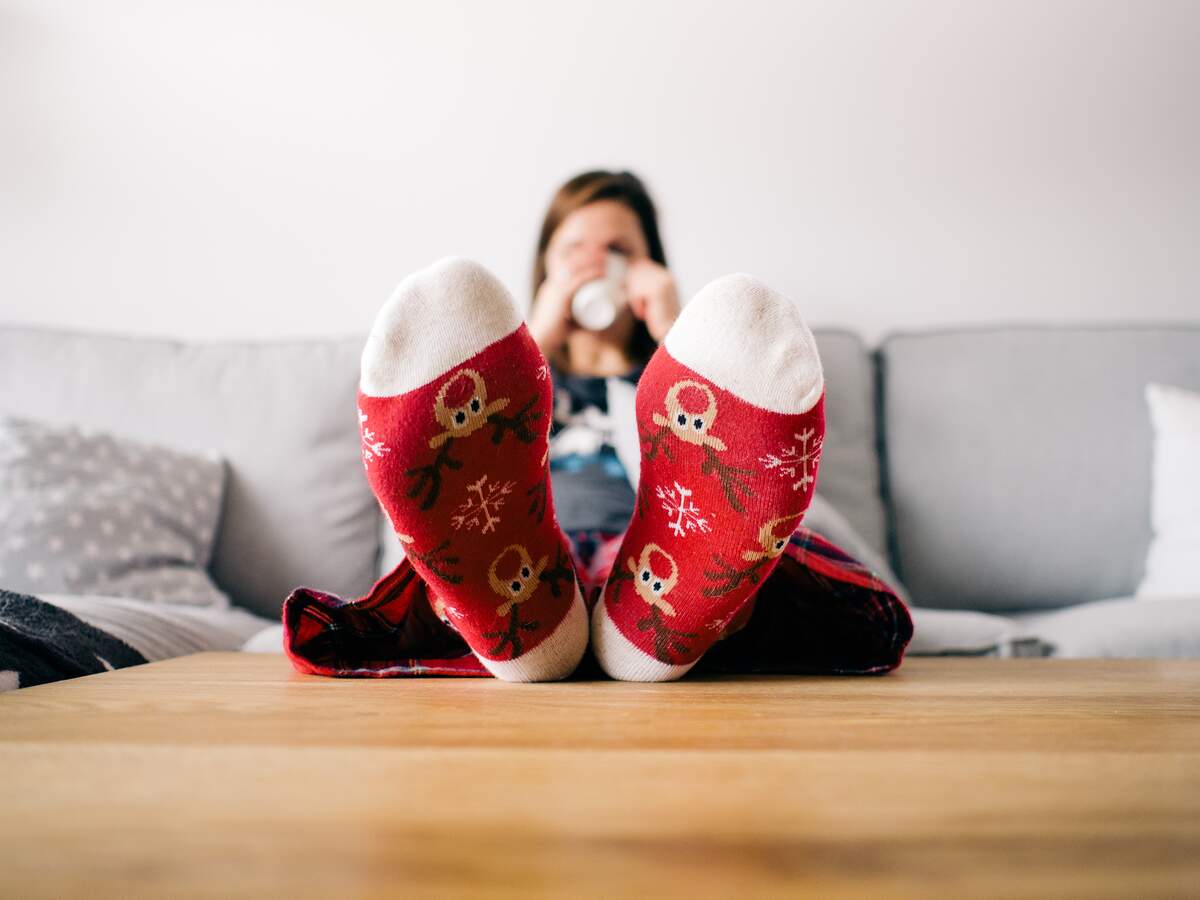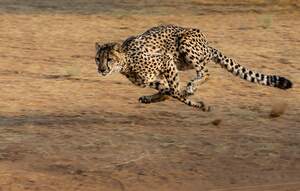

National Sock Day
Observed
annually on December 4th (since 2016)
Dates
Founded by
Pair of Thieves in October 2016
Hashtags
Sources
National Sock Day was started by Pair of Thieves, an apparel company that sells socks, in order "to warm our toes with the commemoration of two toe-tapping historical events" that happened on today's date. First, the holiday commemorates the closing of the first revival of the Broadway musical On Your Toes, on December 4, 1954. A Lorenz Hart and Richard Rodgers production, On Your Toes first debuted in 1936 and was known for its incorporation of ballet. Following its 1950s revival, it was brought back again in the 1980s. The second "toe-tapping historical event" that the holiday commemorates is the final concert by the mother-daughter singing duo of Naomi and Wynonna Judd—the Judds—at the Murphy Center in Murfreesboro, Tennessee, on November 4, 1991. Wynonna went on to a solo career, and the duo sometimes reunited, most notably for a tour in 2010, but the 1991 concert is still considered to be their final bow.
Ostensibly, the holiday commemorates these two events, but the day also has another noteworthy positive reason for taking place. For every hashtag of #nationalsockday that is posted on the day, Pair of Thieves donates a pair of socks—up to a million pairs in total—to someone in need. Not only does Pair of Thieves give away socks on National Sock Day, but they also give them away year-round as part of their Give-Back Program. With it, they donate three pairs of socks to those in need for every pack of socks that are purchased.
The name "sock" comes from the Old English word socc, which means "light slipper." This came from soccus, a Latin word for a "light, low-heeled shoe" that Roman comic actors wore. This word has a root as well, going back to the Greek word sykchos. Garments similar to socks have been around since ancient times and first consisted of animal skins that were tied around ankles. Inhabitants of ancient Greece wore socks made of matted animal hair, while those in ancient Rome covered their feet with leather or woven fabrics. In the second century CE, Romans began sewing fitted socks called undones. Another early sock-like garment was the puttee. During the Middle Ages, socks covered the lower part of the leg and were brightly colored. Garters kept them from falling down. By about 1000 CE, socks were a symbol of nobility.
Machine-knit socks were first made in the late sixteenth century after the knitting machine was invented in 1589. Socks could be knitted six times as fast with this new method. Still, hand-knit socks continued to be made until the nineteenth century, when almost all socks began being machine-knit. At this time, socks were commonly made of cotton, silk, or wool. With the introduction of nylon in 1938, different materials began being blended to make socks. Other materials often used today besides those previously mentioned include polyester, acrylic, olefins, and spandex.
Socks can be many different colors. People tend to wear white socks with tennis shoes and darker socks with dress shoes. Art is sometimes put on socks. One proponent of such socks was President George H.W. Bush. There are various lengths of socks, such as knee-high, crew, ankle, and low cut. Today we celebrate all kinds of socks, as well as "two toe-tapping historical events." We also use the hashtag #nationalsockday in order to help provide socks for those in need.
How to Observe National Sock Day
Here are a few ideas on how to celebrate National Sock Day:
- Use the hashtag #nationalsockday. With every post that is made, Pair of Thieves will donate a pair of socks to someone in need.
- Buy a new pair of socks. If you buy a pack of socks through Pair of Thieves' Give-Back Program, they will donate three pairs of socks to someone in need. You can participate in this program at any time during the year.
- Since the holiday takes place to commemorate "two toe-tapping historical events," you could celebrate those events. You could watch the 1939 film version of On Your Toes, or you could watch the Judds farewell concert.





















